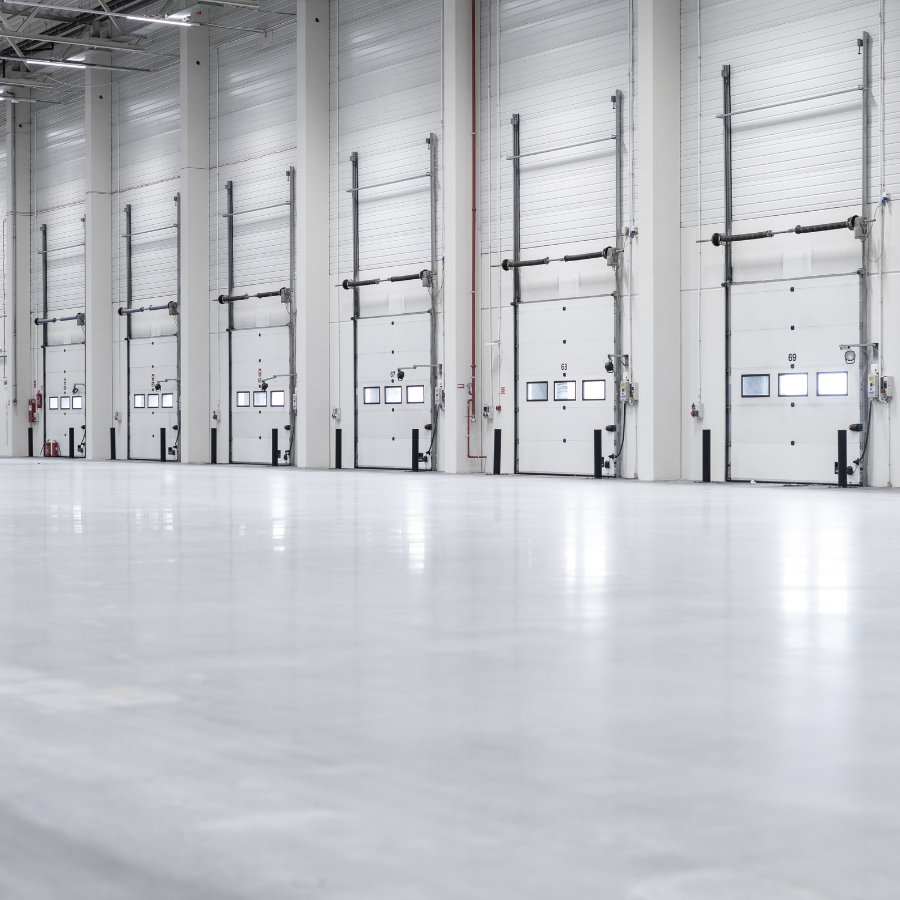What is a cleanroom?
A clean room is an isolated environment with a controlled level of contamination. The MEP consultants for factories designs the cleanroom based on the number of particles per cubic meter. Various particles, like airborne microbes, aerosol particles, chemical vapours, etc, are under consideration while designing. Depending on the process requirements, this isolated space may need controls on parameters like temperature, humidity and pressure. The High-Efficiency Particulate Air (HEPA) filter is an essential component that traps particles larger than 0.3 microns. The cleanrooms are designed to receive air that passes through the HEPA filters. Ultra-low particulate Air (ULPA) filters help in cleanrooms with stringent cleanliness requirements.
Why are cleanrooms needed in industries?
Cleanrooms are useful in industries such as pharma, medical devices, life sciences, semiconductors, aerospace, optics, military, etc., where precision and cleanliness are essential. In some manufacturing, small particles affect the process, hence the need for cleanrooms. Cleanrooms also prevent the escape of hazardous materials into the air. Such cleanrooms are especially for nuclear material, viruses, etc.
When do MEP consultants for factories recommend cleanrooms?
Mechanical consultants in factories recommend cleanrooms based on the project requirements. Cleanrooms are essential for various factories such as:
- Semiconductor manufacturing: Microscopic particles can disrupt the intricate circuits. So, cleanrooms with efficient filtration systems are essential.
- Pharmaceutical Industry: Pharmaceutical industries need a sterile environment. So, cleanrooms help prevent contamination and thus avoid compromising the efficacy of medications and medical devices. Pharma industry in addition to the ISO standards follow c-GMP regulations also.
- Biotechnology Industry: Cleanrooms are for processes like cell culture and working with delicate biomolecules.
- Optics Industry: The cleanroom helps provide precision and minimise dust particles that could impact the quality of lenses, lasers, and other optical components.
- Aerospace Industry: Cleanrooms in the aerospace industry help prevent malfunctions of components in space. The aerospace industry often needs cleanrooms for spacecraft assembly and aerospace components, especially critical ones.
- Research and development: Control of temperature, humidity, and air particles helps research activities.
Special requirements for cleanrooms
Airshowers, airlocks, and locker rooms help check contaminants’ entry through the workforce. Special clothing includes boots, shoes, aprons, masks, bouffant caps, coveralls, labcoats, gowns, gloves, hairnets, sleeves, shoe covers, etc. The type of clothing depends on the classification of the cleanroom.
Cleanroom Classifications
Cleanroom classification depends on the number and size of particles per cubic meter. An ambient environment typically has 35000000 particles per Cu.Mtrs of the size 0.5µm and bigger. A level 1 cleanroom has just 12 particles/ Cu.Mtrs of the size of 0.3µm and smaller. ISO classifies the cleanrooms from ISO 1 to ISO 9, with ISO 1 being the most stringent. Other factors considered are airflow patterns, temperature control, humidity control, and specific contaminants.
Conclusion:
To conclude, cleanrooms provide a controlled and protected space for specific production needs. MEP consultants for factories ensure that the cleanroom’s classification matches the project requirements and regulatory guidelines.












